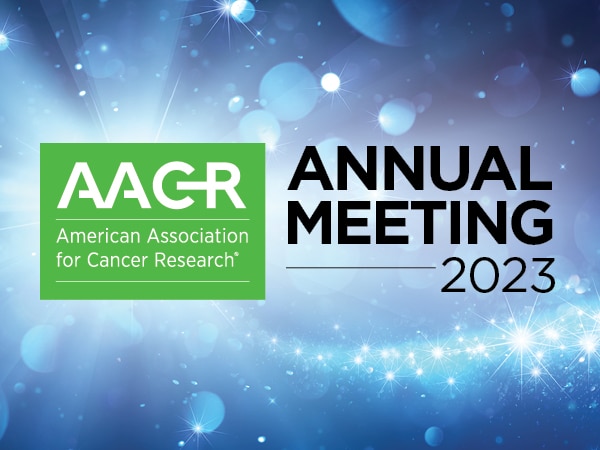AACR President Testifies to Congress on the Need for Robust Federal Funding for Cancer Research
The cancer research community has made dramatic progress in the past few decades. AACR President David A. Tuveson, MD, PhD, FAACR, cited metastatic melanoma, the deadliest type of skin cancer, as a prime example of such progress as he testified before the U.S. House Appropriations Subcommittee on Labor, Health and Human Services, Education, and Related Agencies on Wednesday.
“When I was training as a young oncologist, melanoma patients really had no hope once the disease had spread. Today, that’s not the case. Many of them, like former President Jimmy Carter, live for many years due to the advent of immunotherapies,” Tuveson said. “This is chiefly due to investments at the National Cancer Institute. We have tools and therapies that I could only dream of 30 years ago when I was training.” To ensure that the next generation of cancer scientists receives adequate financial support for their research discoveries, he urged the subcommittee to recommend at least $46.1 billion in fiscal year 2022 funding for the National Institutes of Health (NIH), and $7.6 billion for the National Cancer Institute (NCI).

Tuveson thanked the subcommittee for helping secure robust funding in recent years. Since fiscal year 2015, he noted, NIH funding has increased by nearly 42 percent, helping to fuel dramatic advances in cancer science.
“We are in an era of unprecedented progress against cancer, including advances in immunotherapies and targeted anticancer therapies that led to spectacular decreases in cancer mortality,” he told the committee.
However, he cautioned, “Due to other funding needs at NIH, including worthy initiatives that take away from the top line, and a nearly 50 percent increase in applications at NCI since 2013, the funding increases have not kept up with demand.”
Tuveson used the “success rate”—the percentage of grant applications that are funded—to show that funding for the NCI lags behind many other arms of the NIH.
“In fiscal year 2020, the NIH-wide success rate for competing research project grants, or RPGs, was nearly 21 percent. For NCI, it was only 12.8 percent, and that’s the highest NCI’s success rate has been in six years,” Tuveson told the subcommittee. By contrast, the success rate for the National Institute of Allergy and Infectious Diseases is 23.9 percent, and at the National Institute on Aging, the success rate is 25.8 percent.
“With the low success rate, I worry the best and the brightest, in particular early-stage researchers, will choose other career paths. The United States cannot lead the world in cancer discoveries if the NCI success rate is so low that researchers choose another field,” said Tuveson, who is also director and Roy J. Zuckerberg Professor of Cancer Research at the Cold Spring Harbor Laboratory Cancer Center in Cold Spring Harbor, New York.
Tuveson told the lawmakers that continued support for robust, sustained, and predictable funding will help propel researchers toward the next wave of progress against cancer.
“There are so many breakthroughs within our grasp, but to achieve them, we need federal investments to keep up with demand on basic research on cancer,” he said.
The leader of the subcommittee, Congresswoman Rosa DeLauro (D-Connecticut), who shared her personal experience with ovarian cancer in the AACR Cancer Progress Report in 2015, thanked Tuveson for his testimony.
“This is a very personal issue for me. As survivors, we know the value of biomedical research and its ability to give you a second chance at life,” DeLauro said. “I want to be able to make sure we are providing the NCI with the resources that it needs in order to look to those discoveries to cure … please be assured that this is an area that I will pay attention to as we move forward.”
Tuveson’s remarks are available here and can be viewed on Vimeo.



